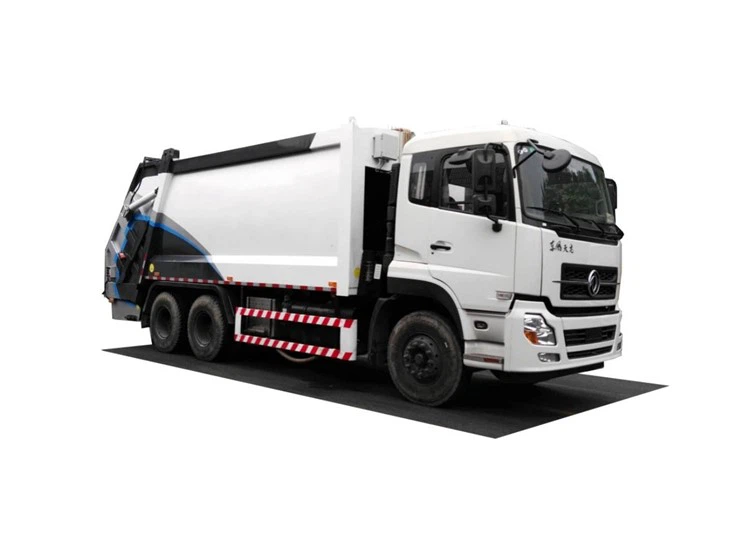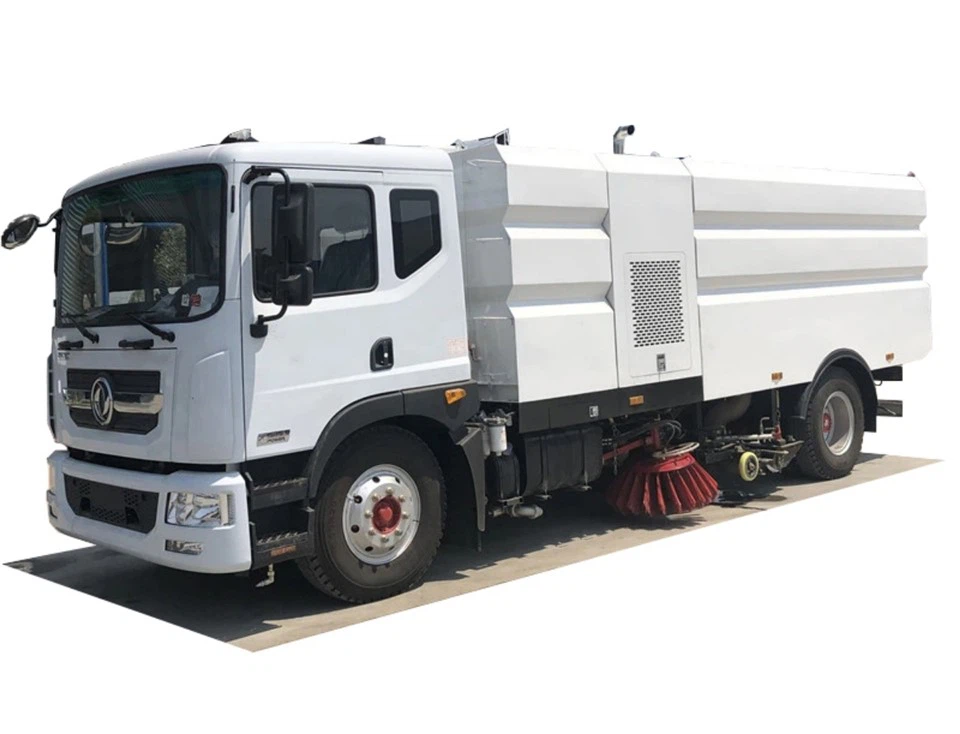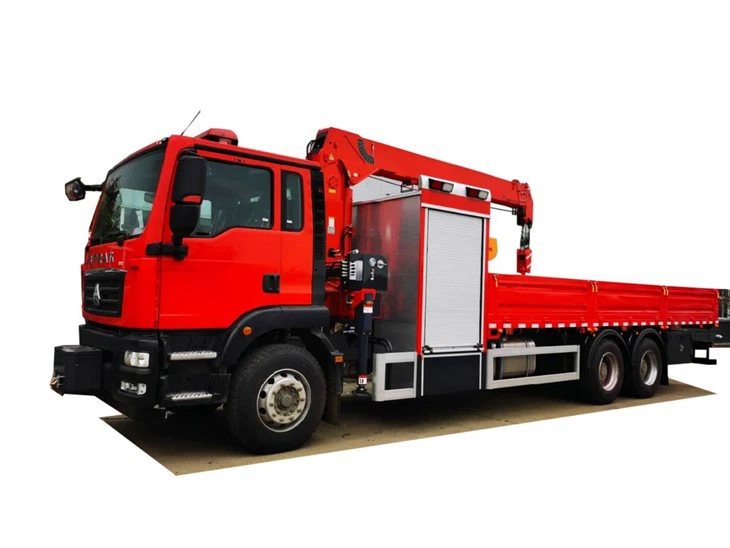Understanding the F650 Dump Truck Weight: A Comprehensive Guide

When it comes to heavy-duty vehicles, the Ford F650 dump truck is renowned for its robust capabilities and versatile applications. Understanding its weight is vital for various reasons, including legal compliance, load management, and maintenance considerations. In this article, we will delve deep into the F650 dump truck weight, discussing its specifications, implications for transportation, and much more.
1. What is an F650 Dump Truck?
The Ford F650 is a medium-duty truck that sits between the light-duty F-series trucks and heavier trucks such as the F750. Designed for various applications, the F650 is commonly used in construction, landscaping, and waste management due to its durability and adaptability. The dump truck configuration specifically allows it to easily transport materials like gravel, dirt, and construction debris.
1.1 Key Features of F650 Dump Trucks
- Powerful engine options typically ranging from 6.7L V8 to 7.3L V8.
- Gross Vehicle Weight Rating (GVWR) of up to 26,000 lbs.
- Multiple cab configurations, including regular and crew cab.
- Optional air brakes and upgradable payload systems.
2. F650 Dump Truck Specifications
To understand the weight of an F650 dump truck, it’s essential first to look at its specifications. The weight can vary significantly based on the configuration and equipment included.
2.1 Common Specifications
| Specification | Details |
|---|---|
| Engine Options | 6.7L Power Stroke V8, 7.3L V8 Gas |
| Transmission | 6-speed automatic |
| Horsepower | Up to 330 HP |
| Torque | Up to 725 lb-ft |
| Maximum Payload Capacity | 13,000 lbs |
3. F650 Dump Truck Weight Classifications
3.1 Curb Weight
The curb weight of an F650 dump truck typically hovers around 16,000 lbs. This figure is the weight of the truck sans any additional load, offering a baseline measurement for capacity calculations.
3.2 Gross Vehicle Weight Rating (GVWR)
The GVWR for the F650 is approximately 26,000 lbs, which is the maximum weight the truck can safely carry, including its own weight and any cargo. It’s critical to stay under this weight to avoid legal repercussions and ensure safety.
3.3 Payload Capacity
The payload capacity is calculated by subtracting the curb weight from the GVWR. For the F650, the payload capacity can reach about 10,000 lbs, depending on the specific configuration and model.
4. Understanding Weight Distribution
4.1 Importance of Proper Weight Distribution
Proper weight distribution is vital for the stability and handling of the vehicle. Uneven loading can lead to issues such as swaying, increased tire wear, and even accidents. For an F650, it is advisable to ensure that the load is evenly distributed across the bed.
4.2 Techniques for Effective Weight Distribution
- Place heavier materials at the front of the dump bed.
- Avoid overloading one side of the truck.
- Secure loads to prevent shifting during transportation.
5. Regulations Governing Dump Truck Weights

5.1 State and Federal Regulations

Transporting heavy loads comes with strict regulations. Federal and state laws dictate the legal weight limits, typically tied to the truck’s class. For the F650, staying within the GVWR ensures compliance with laws set to promote safety on roadways.
5.2 Weigh Stations and Compliance
Weigh stations are checkpoints that monitor and enforce weight compliance. An overweight truck can incur hefty fines and contribute to road damage, making it essential to always verify your load’s weight.
6. Practical Examples and Tips for Owners
6.1 Real-World Scenarios
Consider a landscape company using an F650 dump truck to transport soils and stones. If their average load is 8,000 lbs, they must ensure that the total vehicle weight—including the truck’s weight—stays within the legal limit of 26,000 lbs.
6.2 Maintenance Tips for Weight Management
- Regularly inspect tires for pressure and condition to support the load effectively.
- Perform routine maintenance on brakes and suspension to ensure they can manage the truck’s weight.
- Keep weight management equipment, like scales, on hand to monitor loads accurately.
7. Benefits of Knowing the Weight
7.1 Enhanced Safety
Understanding your dump truck’s weight allows for safe driving practices, reducing the risk of accidents caused by improper loads.
7.2 Improved Efficiency
When you know the limitations of your truck, you can maximize load efficiency, saving time and minimizing trips.
8. FAQ Section
8.1 What is the average weight of a Ford F650 dump truck?
The average weight of a Ford F650 dump truck is around 16,000 lbs, but can vary based on configuration.
8.2 How much weight can an F650 legally carry?

The F650 has a GVWR of 26,000 lbs, which typically allows for a payload capacity of about 10,000 lbs.
8.3 Can I modify my F650 to carry more weight?
While modifications can be made, they must comply with state and federal regulations to ensure safety and legality.
8.4 What should I do if I get weighed at a weigh station?
If your vehicle is over the weight limit, you’ll need to offload some cargo before proceeding. Be prepared with documentation about your load.
8.5 Are there special tires for F650 dump trucks to support heavy loads?
Yes, there are specialized heavy-duty tires designed for medium-duty trucks like the F650 to enhance performance and safety while carrying heavy loads.
8.6 How can I reduce the overall weight of my F650 dump truck?
To reduce the overall weight, consider options like lighter materials for the dump bed, fewer attachments, and removing any unnecessary accessories.
